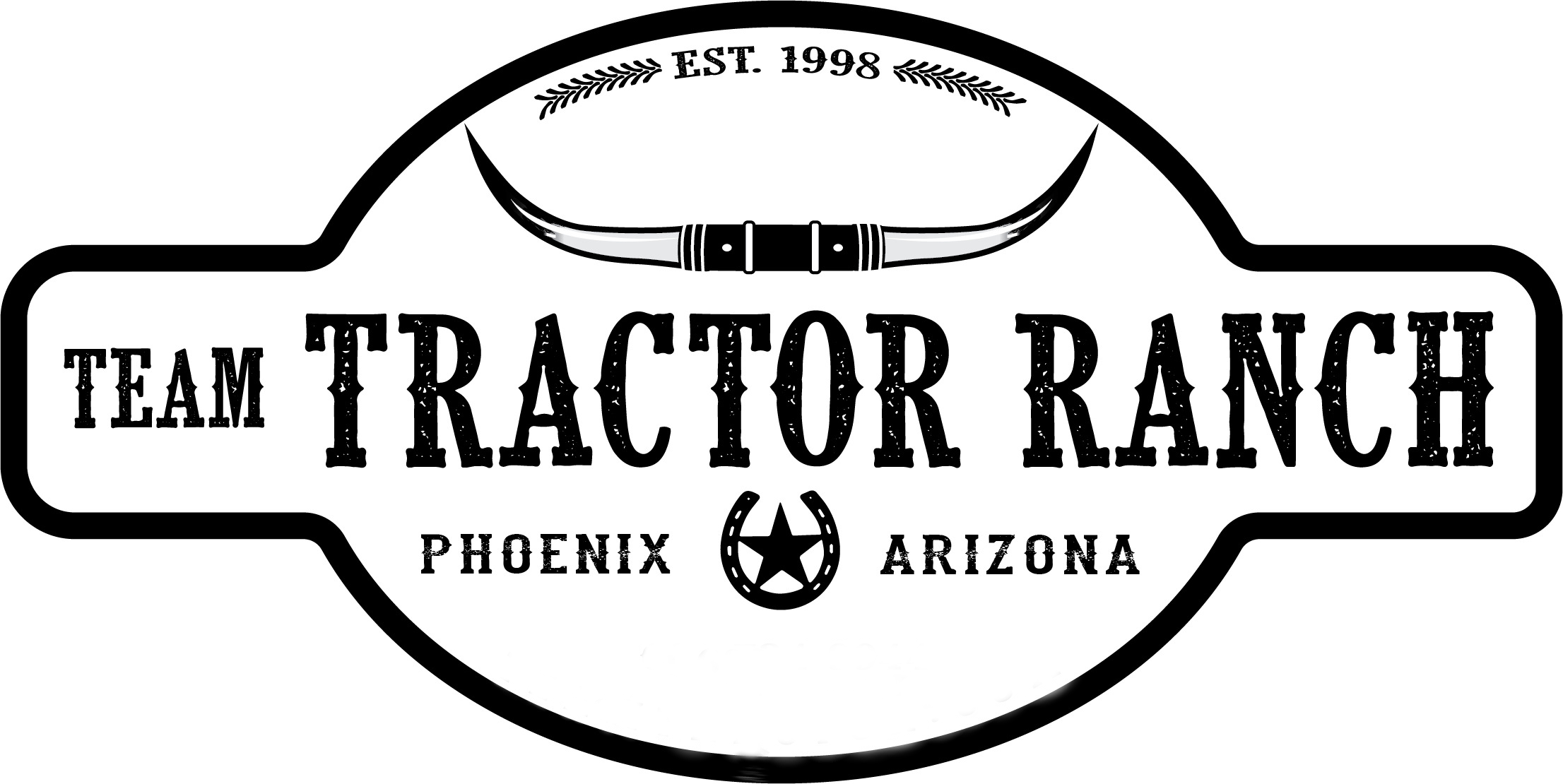How to Fix a Lawn Tractor Flat Tire
We want to help you fix a flat tire on your lawn tractor.
If you do not feel that you understand these steps, or can perform them safely, consult your tractor dealer or local mechanic. Also always consult your tractor owner’s manual for model-specific information.
Time to get started.
Lawn Inspection
First and foremost, take a walk around your lawn and do a quick inspection.
Look for hard or heavy objects that could propel themselves from the mower blades. Your blades run at speeds of up to 170 miles per hour. Those blades could propel an object fast enough to punch holes in your tires or cause other damage.
Tractor Inspection
Every so often, shut down your tractor and check the tires.
If you notice you have a leaking tire, it likely has a hole in it from a sharp object that was originally in the lawn.
You can perform minor tire repairs at home. (Note we said “minor.”) This would allow you to finish mowing your lawn.
Afterward --- make sure to take the leaking/flat tire to a repair shop and get a professional repair or replacement.
The best method to repair tire holes depends on the size and location of the hole.
Locating the Hole
Finding the hole can be very tricky. You may not be able to see it.
To find a small hole in your tractor's tire:
- Mix water and dish soap in a small bucket.
- Swish it with your hand to form bubbles.
- Dip a cloth in the mixture.
- Squeeze the mixture over the tire.
- Push the lawn tractor forward to roll the tire until you've covered all the parts of the tire with the soapy water mixture.
- When you see many bubbles coming from one area, it means you have a leak or a hole.
- Draw a circle around the area with a paint pen.
- Continue the process to make sure there are no other holes.
Now you have found the hole(s).
If not, you will need a tire professional to take over at this point.
Let’s assume you found the hole(s) and continue forward.
Tire Repair
First --- if you do not feel comfortable repairing the tire hole – do not. There are trained professionals that will take care of everything for you.
Small Hole
If a hole is less than 1/16th of an inch in diameter, you can likely repair the hole with a tire sealant.
Here is how:
- Purchase a can of tire sealant.
- Remove any objects that are protruding from the hole(s) with pliers.
- Turn the valve stem cap counterclockwise and remove it from the damaged tire.
- Screw the applicator tip on the tire sealant clockwise onto the valve stem.
- There is usually a tab that breaks off the top of the sealant can that allows the sealant to flow. Shake the can.
- Holding the can upright and press the button on top to add sealant to the tire.
- Add sealant only until the tire appears to be inflated.
- Remove the sealant applicator tip.
- Reinstall the valve stem cap.
If this does not work --- speak with a trained tractor tire professional
Larger Hole
If a hole is more than 1/16th of an inch in diameter, use a tire plug to repair it.
Here’s is how:
- Purchase a tire repair kit containing black rubber plugs.
- Remove any foreign object from the tire with pliers.
- Insert a black rubber plug through the eyelet of the tire repair tool.
- Pull the plug through the eyelet so it is centered within it.
- Insert the plug into the hole in the tire with the tool until it is at least 2/3 of the plug is inside of the tire.
- Pull the needle straight out and cut off the excess plug with your scissors --- so it is flush with the tire.
If this does not work --- speak with a trained tractor tire professional
Adding Air
To add air, you will need to purchase an air compressor and tire gauge.
Once you have an air compressor --- you can add air to the repaired tire.
First --- check for the pounds per square inch (PSI) rating. This tells you the maximum air to add to a tire. This rating is embedded on the tire's sidewall, near the rim.
Use a tire gauge to check the tire pressure through the valve stem.
Gradually add air to inflate the tire to the correct psi.
If you accidentally overfill the tire --- press your fingernail on the metal pin, in the center of the valve stem to release some air. Then use your tire gauge to check the PSI again.
After you reach the proper PSI, listen for any leaks.
If the tire is fixed, you can resume the tractor’s operation.
If this does not work --- speak with a trained tractor tire professional
Hopefully, this brief article has helped you understand how to repair a flat tire on your lawn tractor.
If you need any further help or have any questions about flat tires, tractors, implements, or anything else, please contact your dealer, local mechanic, or call us at 602-734-9944. Please ask about our current new and used tractor supply.
Team Tractor Ranch - #1 Tractor Dealer in Arizona. We sell and service most major brands of tractors including Yanmar, Kubota, John Deere, TYM, Mahindra, Kioti, Case, New Holland, Massey Ferguson, Ford, Deutz, Case IH, Farmall, International Harvester, Branson Tractors, LS, Shibura, Claas Tractor, McCormick Tractors, Valtra, Solis, YTO, Montana, and Nortrac.




